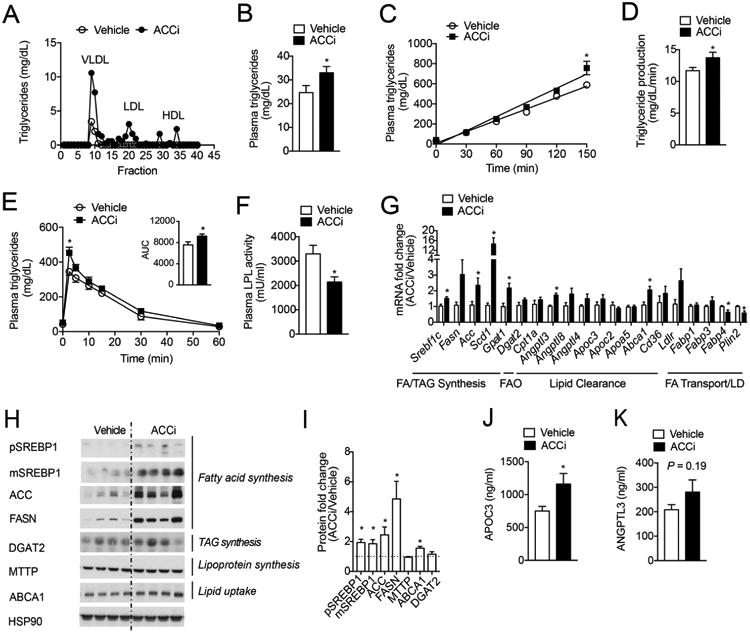Figure 6. Long-term inhibition of ACC increases hepatic TG secretion and reduces plasma lipid clearance in HFSD-fed rats.

(A) Plasma triglyceride content of FPLC-fractionated lipoproteins from pooled plasma (n = 4 per group) of overnight fasted rats that were fed a high-fat diet (60% Safflower oil) supplemented with 1% sucrose drinking water (HFSD) for 3 days and treated with 10 mg/kg/day Compound 1 (ACCi) or vehicle control for 21 days. (B) Fasting plasma triglycerides in rats treated as in (A). n = 12 per group. (C-D) Hepatic triglyceride production in overnight fasted rats treated as in (A) and injected with Poloxamer 407 to inhibit lipolysis of triglyceride rich lipoproteins (TRL). n = 10-14 per treatment group. (E) Lipid clearance test in overnight fasted rats treated as in (A) and given an intravenous bolus of 20% Intralipid conjugated with 3H-labeled triolein. n = 6 per treatment group. (F) Post-heparin plasma LPL activity in rats treated as in (A). n = 7-9 per treatment group. (G–I) mRNA (G) and protein (H) expression of indicated genes in the livers of overnight fasted rats treated as in (A). n = 7–10 per treatment group. In panel (H), HSP90 was used as a loading control. Quantification of blot shown in panel (I). (J) Plasma APOC3 concentration in rats treated as in (A). n = 7 per treatment group. (K) Plasma ANGPTL3 concentration in rats treated as in (A). n = 12 per treatment group. Data are presented as mean ± SEM. In panels (B-G and J-K), *P ≤ 0.05 by unpaired student's t-test compared to vehicle control.
